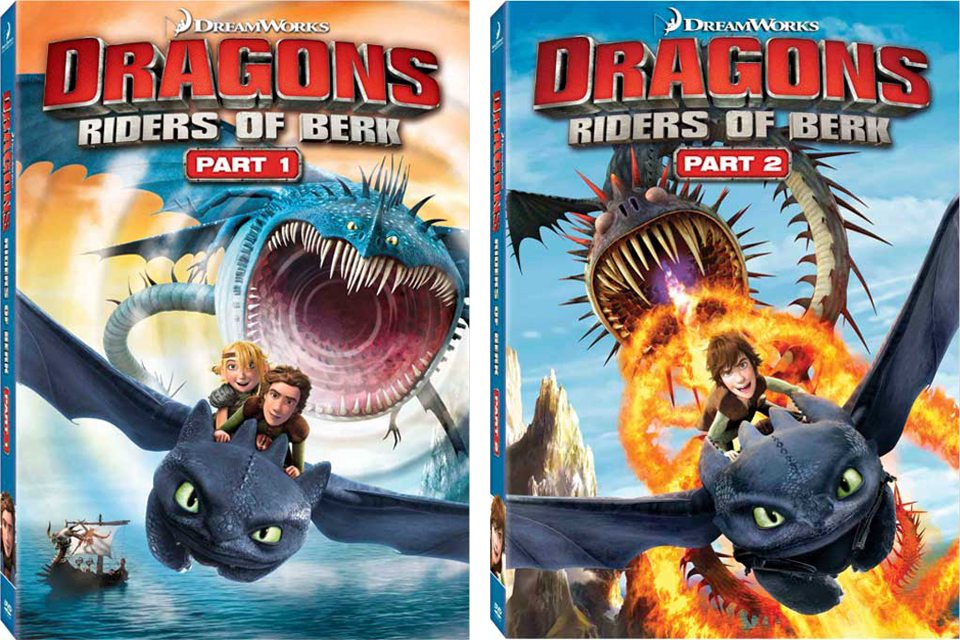
As a family of history nerds, we’re always looking for something new. My son has been obsessed with graphic novel style biographies since he was four years old. I trend towards shorter works because I lose patience with the minutiae of history compared to overarching themes and trends. Over the last few months, we’ve been privileged to be offered two excellent books for review, Bayeux and Rad Women Worldwide, to help quench our collect thirsts for knowledge.
Bayeux

Bayeux was the perfect way to introduce our son to another historical period. Bayeux is a re-telling of the Battle of Hastings written by Tyler Button with pencils and colors by Gerry Kissell, inks by Amin Amat and Gerry Kissell, letters by Bernie Lee, and finishing art by Lee Xopher. With this in mind, on a rainy December Sunday, my son and I decided to read the book together.
Well, not exactly together but at the same time. My son devoured the book. As I slowly scrolled through the pages, absorbing the story, he plowed through it the same way he plows through most books.
After reading the book, I interviewed my son to see how he felt about the book. His plot summary, while ignoring a solid third of the other plots, at least manages to capture the basic premise of the story. My son summarized the plot thusly, “This guy is stranded on an island and is taken prisoner. Then he meets the Duke of Normandy, and he goes into battle with the Duke of Normandy. He tries to become the King of England, and but then the Duke invades him and becomes king.” In a nutshell, that was the Battle of Hastings. His favorite part of reading the book was that “ it was something I learned about I never knew what happened in that battle. I never heard of that battle so it was kind of a new experience for me.” Of course, when asked his favorite part, it was the second war scene because, “they were fighting and the leader got shot in the eye with an arrow but he didn’t die, he got wounded. Then he got struck in the stomach with a sword and died. He got his head cut off, and his arms. The whole nine yards.” For any kid who loves history and battles, the book was well done. Despite my son’s enjoyment of the bloody violence, the battle scenes although incorporating the blood thereunto appertaining a medieval battle were not graphic. In fact, for someone who got an arrow shot through his eye, Harold looks fairly unfazed and lacking in graphic gore.
As the art goes, it reminded me of the old Prince Valiant Sunday comics I used to read as a kid. This makes sense given that the battle was in 1066 making it roughly the same general medieval time period. Interspersed are short parables creating a segue between chapters. The artwork for these is less graphic novel and feels much more along the lines of medieval art. As the historical narrative unfolds, the writing feels more comfortable. The early section, wherein Harold meets William, felt forced. Given that Harold is supposedly delivering a message that the Duke of Normandy will be named heir to the throne of England which Harold covets for himself, the forced dialogue makes sense. However, it made the reading of this section difficult, almost to the point of wanting to stop.
Rad Women Worldwide: Artists and Athletes, Pirates and Punks, and Other Revolutionaries Who Shaped History

On the other end of the historical spectrum, Rad Women Worldwide written by Kate Schatz and illustrated by Miriam Klein Stahl offers a large collection of international biographical vignettes. Intended for a pre-teen audience, Rad Women Worldwide is a beautiful book filled with inspiring stories of women and women’s rights movements. Acting as a follow up to Rad Women A-Z, it provides a great resource for young girls looking to read about empowering women. Rad Women Worldwide excels at providing not just a variety of time periods, but a variety of backgrounds. With a strong focus on women from Asia, Africa, the Middle East, and South America, the book does an excellent job of giving prominence to women who may otherwise get lost in Eurocentric works.
Artistically, the book is gorgeous. Laid out with a portrait on the left side of the spread and the biography on the right, the art is the first thing to catch the eye. The block styled illustrations are bold like the women they represent while also creating a minimalist aesthetic that contributes to rather than distracting from the writing on the right side. Several of the art pieces almost splash onto the writing side giving the book a lovely sense of being a piece of art instead of a book that has art within it.
Each biography starts wth a quote from the woman hero at the top of the page. The first paragraph gives a sense of what the woman did and then the biography backs up to engage the more traditional birth to death chronology. The tone of the work is inviting, with the introduction engaging a second person tone. Throughout, the shorter clipped sentences make the facts accessible to younger readers. The main failing of the book, to the extent there is one, lies in it feeling formulaic to the point of redundancy. As much as I enjoyed reading the stories of the different women, I found myself feeling as though I was reading through an encyclopedia that didn’t provide narrative variation. This could also be seen as a positive since it means that for younger readers the information is easy to find since the consistent structure provides an easy to follow pattern. However, for those reading through the book start to finish, it tends to become a bit narratively dull.
Overall, for young fans of history, both of these books would be excellent last minute holiday gifts.



